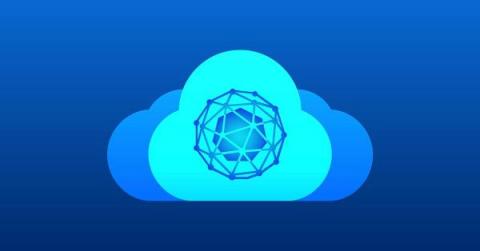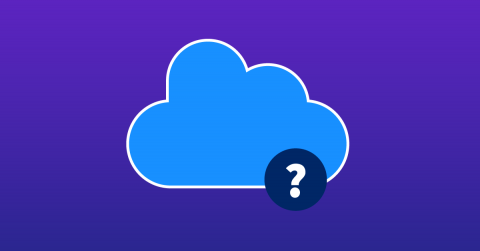Understanding the Advantages of Flow Sampling: Maximizing Efficiency without Breaking the Bank
The whole point of our beloved networks is to deliver applications and services to real people sitting at computers. So, as network engineers, monitoring the performance and efficiency of our networks is a crucial part of our job. Flow data, in particular, is a powerful tool that provides valuable insights into what’s happening in our networks for ongoing monitoring and troubleshooting poor-performing applications.











